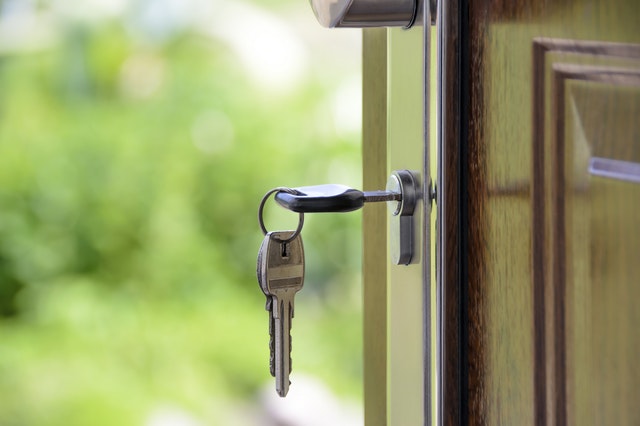NAHB: Home Builder Confidence Grows After Lowest Level in 3 Years
 After two months of declining builder confidence, the National Association of Home Builders Housing Market Index gained two points in January with a reading of 58. Component readings of the HMI were also higher with builder confidence in current market conditions rose two points to an index reading of 63. Builder confidence in housing market conditions over the next six months rose three points to 64.
After two months of declining builder confidence, the National Association of Home Builders Housing Market Index gained two points in January with a reading of 58. Component readings of the HMI were also higher with builder confidence in current market conditions rose two points to an index reading of 63. Builder confidence in housing market conditions over the next six months rose three points to 64.
The index for buyer traffic in new housing developments rose one point to 44. While index readings above 50 indicate positive market conditions, the index reading for buyer traffic is typically lower than 50.
Lower Mortgage Rates Compel Home Buyers to Act
Falling mortgage rates contributed to the uptick in home builder confidence, but affordability continued to impact first-time and moderate-income home buyers. Robert Dietz, NAHB chief economist, said: “Builders need to continue to manage rising construction costs to keep home prices affordable, particularly for young buyers at the entry level of the market.”
Analysts suggested that builders could consider offering deeper discounts and incentives to buyers to increase sales of new homes. Homes not sold during November and December added to current inventories of new homes available, which provides home buyers with more choices and less competition for homes.
Home Builders Expect More Buyer Traffic
Lennar Corporation, a major home builder said that increased buyer traffic indicated that 2019 home sales would increase and that improving economic conditions were expected to improve housing market conditions and home sales in 2019.
Builders expect to face continued headwinds in 2019; affordability tops the list, but relatively low inventories of homes in some areas dampen buyer enthusiasm. Single-family housing starts are also expected to be lower than the long-term yearly average. As economic conditions improve for would-be home buyers, a slim supply of homes and high home prices present obstacles to buyers.
Your trusted home mortgage professional is one of your best partners in your next home buying or refinancing transaction. Be sure to contact them to discuss market conditions in your area.

 If you’re already a homeowner and you’re getting ready to buy a new home, you know it’s tricky to buy and sell a home at the same time. There are lots of questions about how to handle this scenario. What if your old home doesn’t sell quickly?
If you’re already a homeowner and you’re getting ready to buy a new home, you know it’s tricky to buy and sell a home at the same time. There are lots of questions about how to handle this scenario. What if your old home doesn’t sell quickly? When you walk through a house with your real estate agent, you’re seeing if you and your family would be happy living there. But you’re also probably looking for signs of trouble that might spell big expenses later on. Be careful, though. It’s important to see the “bones” of the house rather than focusing on minor issues.
When you walk through a house with your real estate agent, you’re seeing if you and your family would be happy living there. But you’re also probably looking for signs of trouble that might spell big expenses later on. Be careful, though. It’s important to see the “bones” of the house rather than focusing on minor issues. You have about five minutes to impress (or not) prospective buyers at a showing. For curb appeal, you get about five seconds for buyers to decide whether they want to go inside.
You have about five minutes to impress (or not) prospective buyers at a showing. For curb appeal, you get about five seconds for buyers to decide whether they want to go inside. When you make an offer on a home, you wait anxiously to see if it will be accepted. Sometimes you’re lucky enough to hear back within hours. Other times you could wait days or even weeks.
When you make an offer on a home, you wait anxiously to see if it will be accepted. Sometimes you’re lucky enough to hear back within hours. Other times you could wait days or even weeks.